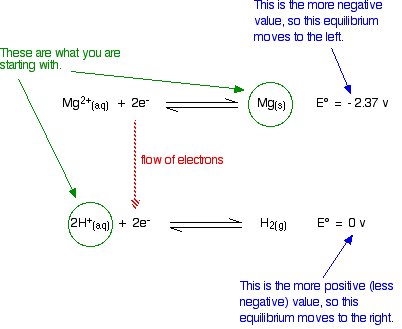Unidentate ligands: Ligands with only one donor atom, e.g. NH3, Cl-, F- etc.
Bidentate ligands: Ligands with two donor atoms, e.g. ethylenediamine, C2O42-(oxalate ion) etc.
Tridentate ligands: Ligands which have three donor atoms per ligand, e.g. (dien) diethyl triamine.
Hexadentate ligands: Ligands which have six donor atoms per ligand, e.g. EDTA.
Chelating Ligands: Multidentate ligand simultaneously co-ordinating to a metal ion through more than one site is called chelating ligand. These ligands produce a ring like structure called chelate. Chelation increases the stability of complex. This effect is called chelation effect.

The bond angles of the ligands around the central atom depends on the number of times it bonds.
http://www.askiitians.com/iit-jee-co-ordination-compounds/ligands-and-its-types/#
https://www.boundless.com/chemistry/transition-metals/coordination-compounds/coordination-number-ligands-and-geometries/








